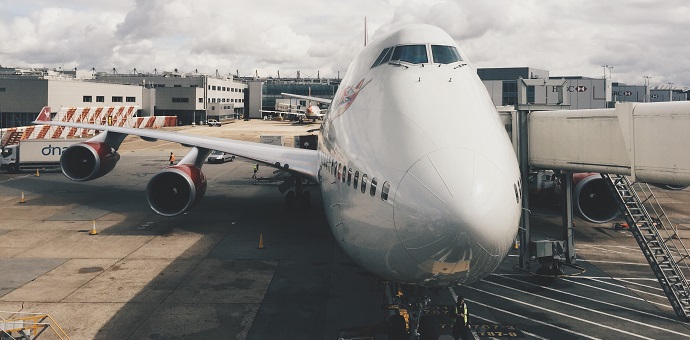Sofema Aviation Services (SAS) is pleased to present the following guest blog written by our Reliability Expert Rustom D. Sutaria – Avia Intelligence, Dubai, UAE, 2018
We already realise that despatch reliability is the percentage of flights that depart within a specific window after the scheduled departure time. When measuring despatch reliability, operators exclude non‐aircraft issues such as severe weather, air traffic control congestion, and delays driven by airport security.
To understand measurement better, here are 4 fundamental steps:
1. DEFINE THE MARGIN
This refers to the time recorded between actual and scheduled departure time for a flight.
Depending on your type of operation, this can be between 15 minutes for Scheduled/Charter operators and One Hour for Corporate Operators.
Try to set your margin to be short enough such that that passenger schedules will not be affected too significantly and long enough to fix small mechanical problems (assuming spares and maintenance personnel are on-hand).
2. DEFINE & CATEGORIZE THE CAUSES OF DELAYS & CANCELLATIONS
The airlines define at least three categories per aircraft type & cause:
a. Controllable (Crew, Maintenance (including any mechanical/electrical, avionics, etc problems)
b. Uncontrollable (Air Traffic Control/Weather)
c. Cancellation & Diversion Airport
d. Other (including lack of catering or crew, exit from the ramp blocked, etc)
Corporate and charter operations should consider adding a fourth because they are often faced with passengers that do not show up on time – “Passenger” (except if passengers call before the flight to reschedule)
3. WHEN DOES THE CLOCK START TICKING?
The easiest way is to establish a formal scheduled departure time for each flight.
A flight is categorized as delayed or cancelled if it has not closed its door and taxied out under its own power within the defined margin.
Exception regarding Corporate flights
The passengers call before the scheduled departure time and reschedule the flight.
4. RECORD THE RELEVANT INFORMATION.
Information that needs to be recorded for all trip legs,
• Scheduled and actual departure time, and,
• What was the problem that caused a delayed departure?
• Did the problem result in a delay or a cancellation?
• Were passengers on board?
• Provide a detailed description of the problem.
This last step is the hardest for many operators, but it is the step that leads to the chief benefit – the ability to track, analyse and improve the reliability of the aircraft, and the ability to communicate effectively with manufacturers, maintainers and other vendors about problems and proposed changes with hard numbers and reasons.
SAS provides the most comprehensive reliability training program including a detailed treatment of Reliability Mathematics – for details of the available training courses please see www.sassofia.com or email team@sassofia.com
Next Steps
Follow this link to our Library to find & Download related documents for Free.




